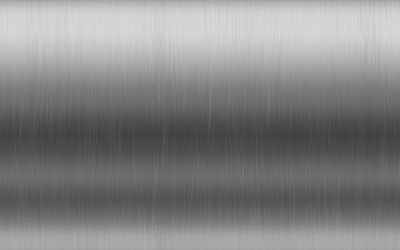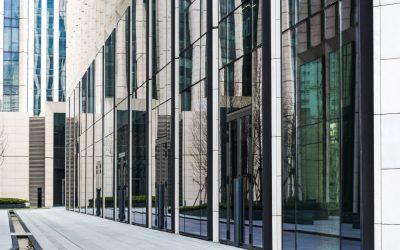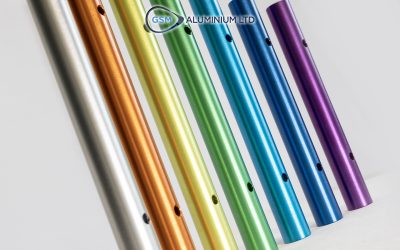What is Aluminium Extrusion?
Aluminium extrusion is a highly versatile manufacturing process that involves shaping aluminium alloys into specific profiles through forcing the material through a die. This technique produces a variety of shapes and structures with remarkable precision and consistency. Let’s delve deeper into this fascinating process.
Understanding the Aluminium Extrusion Process
Initial preparation of raw materials
The process begins with carefully selected aluminium alloys in the form of cylindrical billets. These raw materials undergo a meticulous inspection to ensure quality and consistency.
Heating the billet
The billet is preheated to a specified temperature to make it more malleable. This heating phase is crucial in preparing the material for the extrusion process.
Extrusion process
The heated billet is then pushed through a shaped opening in a die, applying immense pressure to shape the aluminium into the desired form. This allows for the creation of complex cross-sectional profiles.
Cooling and cutting
Once the extrusion is complete, the newly formed profile is cooled, solidifying its shape. Precision cutting then produces the required lengths.
Advantages of Aluminium Extrusion
Versatility in design
One of the foremost advantages of aluminium extrusion is its flexibility in design. The process enables the creation of intricate shapes and structures, offering immense freedom to designers and engineers.
Cost-effectiveness
Aluminium extrusion provides cost-effective solutions due to its ability to minimize material waste, enhance energy efficiency, and streamline production processes.
Lightweight and durable properties
Aluminium’s innate properties of being lightweight and corrosion-resistant make extruded aluminium components highly sought after in various industries.
Applications of Aluminium Extrusion
Aluminium extrusion finds extensive applications across multiple industries:
- Architecture and construction: Facades, window frames, and structural components.
- Automotive industry: Car frames, heat sinks, and trim components.
- Consumer goods: Extruded aluminium parts in electronics, furniture, and household items.
Aluminium Alloys Used in Extrusion
Different aluminium alloys possess varying characteristics suited for specific applications. Understanding these alloys aids in selecting the right material for the intended use, considering factors like strength, corrosion resistance, and formability.
Environmental Sustainability in Aluminium Extrusion
Recycling and eco-friendly aspects
Aluminium extrusion is highly sustainable as it can be recycled repeatedly without losing its inherent properties. This process significantly reduces environmental impact and energy consumption.
Energy efficiency in the process
The extrusion process itself requires comparatively lower energy inputs than alternative manufacturing methods, contributing to its eco-friendly profile.
Challenges and Limitations in Aluminium Extrusion
Despite its versatility, aluminium extrusion faces challenges in producing highly intricate designs and meeting specific structural requirements.
Future Trends in Aluminium Extrusion
Advancements in technology and material science continue to drive innovation in aluminium extrusion. Expectations include improved efficiency, novel alloys, and enhanced design capabilities.
Conclusion
Aluminium extrusion stands as a pinnacle of versatile manufacturing, offering an array of possibilities across industries. Its unique properties, coupled with technological advancements, ensure a promising future for this process.
FAQs
Is aluminium extrusion environmentally friendly?
Yes, aluminium extrusion is eco-friendly due to its recyclability and energy efficiency.
What industries commonly use aluminium extrusion?
Architecture, automotive, electronics, and consumer goods industries are among the primary users.
Are there limitations to the shapes that can be extruded?
Yes, intricate designs might pose challenges in the extrusion process.
How does aluminium extrusion contribute to cost-effectiveness?
It minimises material waste, enhances energy efficiency, and streamlines production.
Can different alloys be used in the extrusion process?
Yes, various aluminium alloys can be utilised based on specific application requirements.



